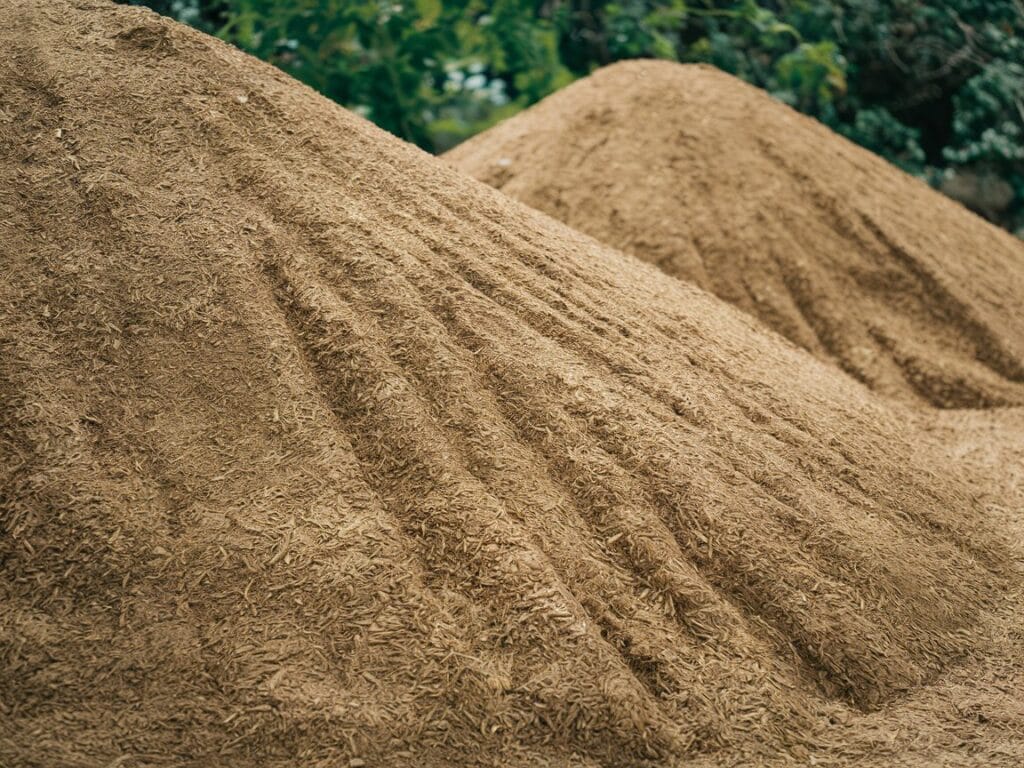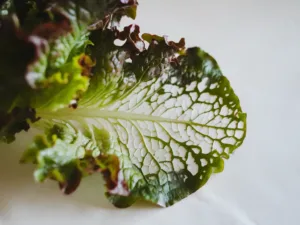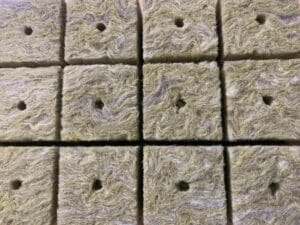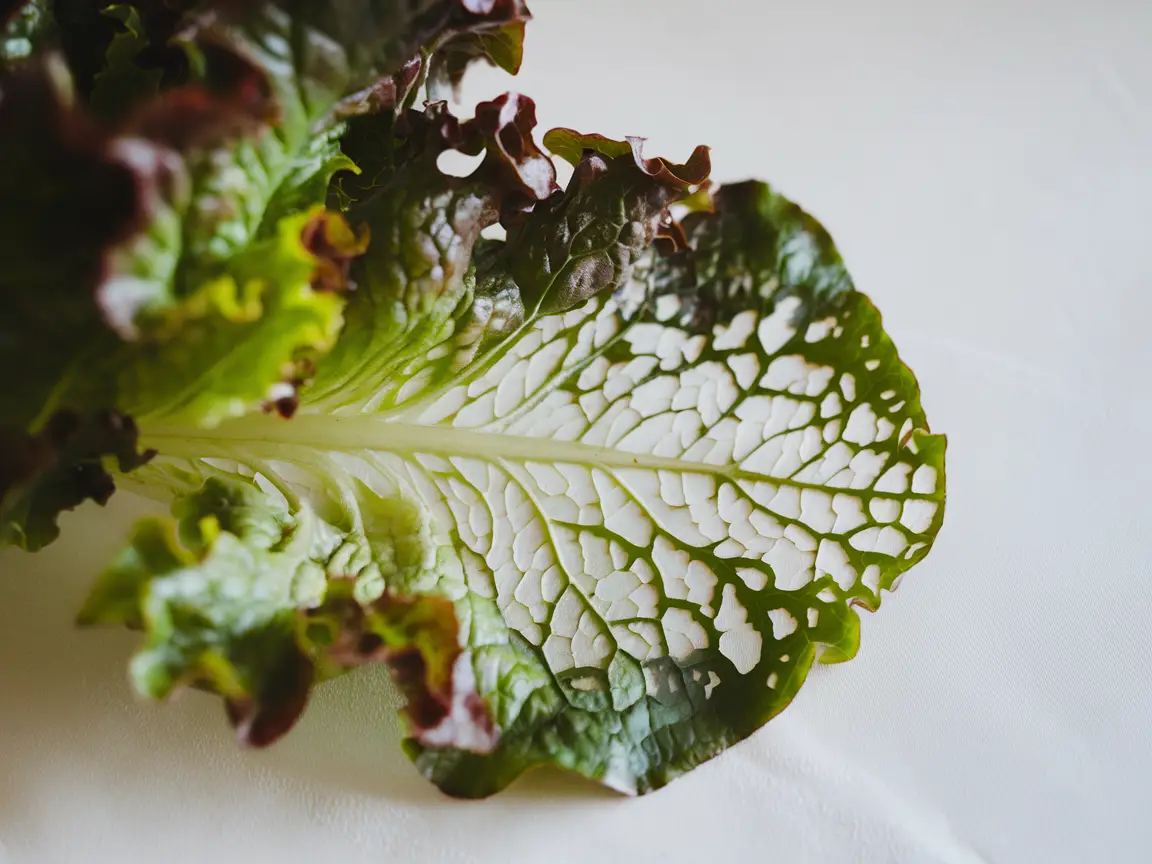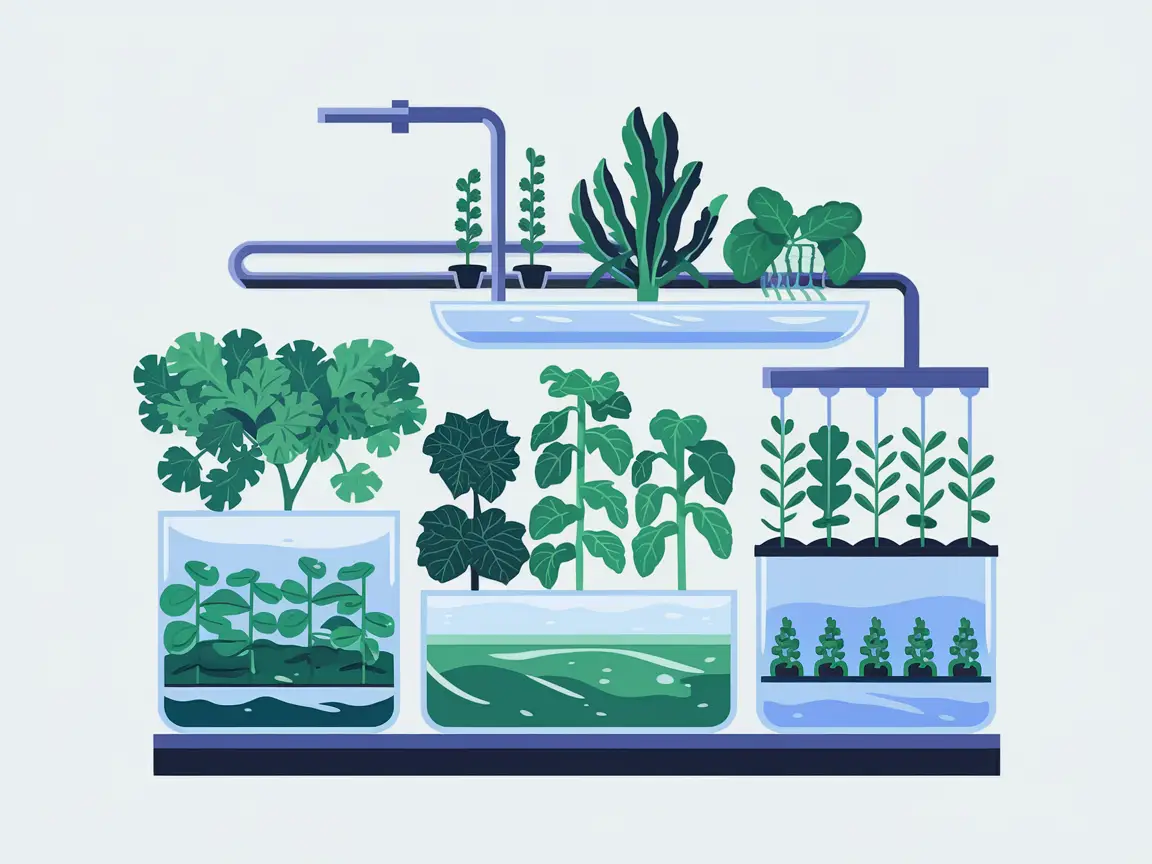What Are Rice Hulls? A Look at the Material
Rice hulls are the hard, outer shells that encase rice grains. They are a byproduct of rice processing and are generated in large quantities, especially in rice-producing countries. These hulls are lightweight, durable, and have a fibrous structure. Since they are biodegradable and renewable, they provide an eco-friendly option for use in agriculture, particularly in hydroponics.
A major advantage of rice hulls is their availability and light weight, which makes them easy to handle and transport. But how do they compare to other, more established substrates?
Benefits of Rice Hulls in Hydroponics
Rice hulls offer a range of benefits that make them an attractive choice for hydroponics enthusiasts:
- Sustainability and Eco-Friendliness: As an agricultural waste product, rice hulls contribute to waste reduction while serving as a useful substrate. They are biodegradable and can be repurposed as compost or a soil amendment after use.
- Light and Easy to Handle: Thanks to their low weight, rice hulls are easy to transport and handle, which is especially useful for larger hydroponic setups or greenhouses.
- Good Aeration: The structure of rice hulls provides excellent root aeration, reducing the risk of root rot and promoting growth.
- pH-Neutral and Chemical-Free: Rice hulls are naturally pH-neutral and contain no harmful chemicals or additives, making them safe for a wide range of plants.
Challenges and Drawbacks of Using Rice Hulls
While rice hulls offer some compelling benefits, there are also challenges and drawbacks to consider:
- Limited Water Retention
Rice hulls have relatively low water-holding capacity as they are porous, meaning water can quickly flow through them. This makes them a less suitable choice as a sole substrate in systems requiring continuous water availability. Plants in pure rice hulls may dry out quickly without regular watering. - Storage and Transport Complications:
Due to their bulkiness, rice hulls can be challenging to store and transport in larger quantities. Compressing the hulls can damage their structure and reduce their aeration properties. - Slow Decomposition and Stability Loss:
Though biodegradable, rice hulls can decompose over time, compromising their structural stability. This may reduce their effectiveness as a substrate and require replacement after one season. - Potential Contamination:
Depending on their source and processing, rice hulls may contain weed seeds, fungal spores, or other contaminants. It’s important to sterilize rice hulls before use to avoid potential issues.
Which Hydroponic Systems Are Rice Hulls Suitable For?
Given their specific characteristics, rice hulls are particularly suitable for certain types of hydroponic systems:
- Drip Systems in Combination with Other Substrates: Rice hulls can be mixed with other substrates like coconut fiber or vermiculite to provide a balanced mix of aeration and water retention. This combination works well in drip systems, where consistent water and nutrient distribution are key.
- Ebb and Flow Systems with Additional Materials: In ebb and flow systems, rice hulls can be used as part of a substrate blend to leverage their aeration benefits. Mixing them with water-retentive materials like perlite enhances water-holding capacity.
- Vertical Gardens and Seedling Systems: Their light weight makes rice hulls ideal for vertical hydroponic systems, where weight is a concern. They provide good root support and prevent substrate compression.
Tips for Using Rice Hulls in Hydroponics
To achieve the best results with rice hulls, follow these important tips:
- Sterilize Rice Hulls: To minimize the risk of contamination from weed seeds or fungal spores, sterilize rice hulls before use. This can be done by steaming or soaking them in a mild hydrogen peroxide solution.
- Mix with Other Substrates: Since rice hulls alone don’t retain much water, mixing them with substrates that have higher water-holding capacity can improve stability and reduce the risk of drying out.
- Regularly Monitor Moisture Levels: Due to the limited water retention of rice hulls, regularly check the moisture of your system and make adjustments as needed. In hot climates or direct sunlight, the substrate may dry out quickly.
Sustainability Aspects of Rice Hulls
Rice hulls are a particularly sustainable substrate since they are a byproduct of rice production and require no additional resources to create. They help reduce waste and offer an environmentally friendly alternative to other substrates, which often have high energy costs associated with their production.
However, nuances exist here as well: transporting rice hulls over long distances can reduce their ecological benefits. It’s therefore advisable to use regional sources for rice hulls to minimize environmental impact.
Rice Hulls Compared to Other Hydroponic Substrates
How do rice hulls measure up against more familiar substrates like coconut fiber, rock wool, or expanded clay?
- Coconut Fiber: Coconut fiber has better water retention than rice hulls, but it’s heavier and requires more preparation. It’s also less aerated than rice hulls.
- Rock Wool: Rock wool is excellent for water absorption and retention but is not biodegradable and challenging to dispose of. Rice hulls are more sustainable, though they don’t retain water as effectively.
- Expanded Clay: Expanded clay provides excellent aeration and drainage but retains less water and is heavier. Rice hulls are lighter and more eco-friendly but need more frequent watering.
Are Rice Hulls the Right Substrate for You?
Rice hulls are a sustainable and eco-friendly alternative in hydroponics, providing good aeration and pH neutrality. However, they come with challenges, such as limited water retention and the need for sterilization. Rice hulls work best in combination with other substrates or in systems that benefit from their light and well-ventilated structure.
If you’re willing to put in a bit of extra care and adjustment, rice hulls could be an interesting and sustainable choice for your next hydroponic project. Experiment with different substrate mixtures and discover what works best for your plants—and don’t forget to share your experiences with the community!

